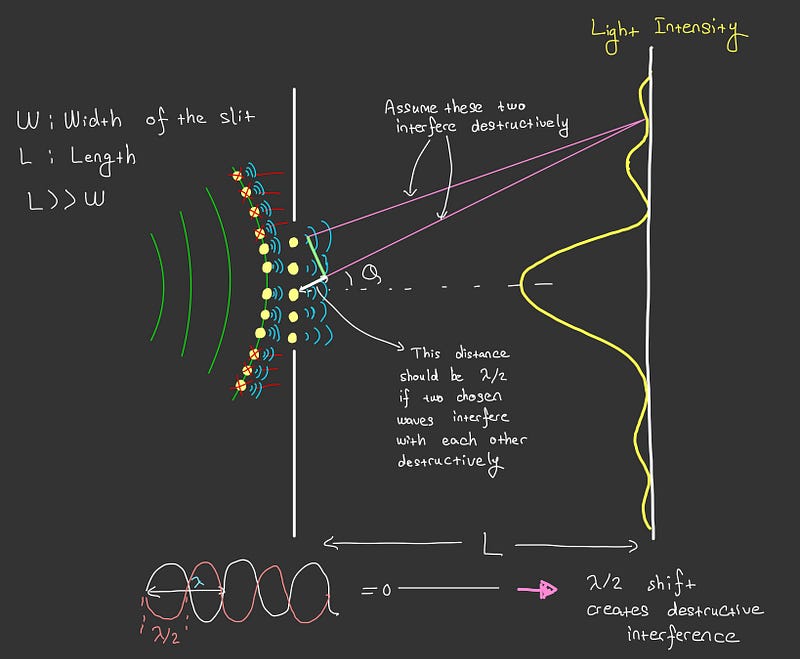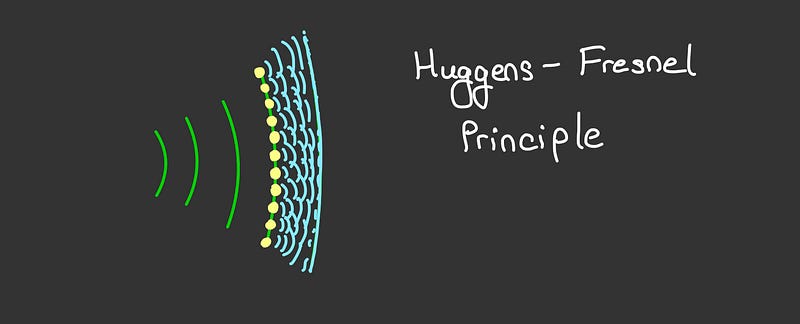Understanding the Effects of Light Compression in Physics
Written on
Chapter 1: The Journey Begins
During my undergraduate studies, I participated in a project focused on spectrometers, which are devices designed to capture the spectra of light for material analysis. Our objective was to differentiate between various rock samples. In our setup, we utilized two razor blades that functioned as an adjustable slit. While aiming to calibrate the slit and narrow it with a laser beam, we encountered an unexpected occurrence. The light passing through the slit struck the surface at a perfect right angle, which left us both bewildered. We began brainstorming potential explanations, unsure of our understanding of optics. Initially, we considered the idea that the razor's surface might reflect the light and alter its direction, but this theory felt unconvincing. Lacking sufficient knowledge to investigate further online, we opted not to narrow the slit significantly given our time constraints. This peculiar phenomenon was tied to the unusual properties of photons. Let’s delve deeper into what transpired that day.
One-slit diffraction is a phenomenon first identified by Francesco Maria Grimaldi in Bologna. He placed a sharp knife in front of a small opening in a dark room and noted that light emerging from this narrow slit resulted in a vibrant spectrum of colors.

Imagine using a monochromatic light source that emits a single wavelength. Contrary to common assumptions, light also behaves as a wave. When photons pass through a small slit, their wave nature causes interference patterns to emerge. In areas where light is absent, the waves interfere destructively. If two photons have a path difference of half their wavelength (lambda/2) at a specific point, they will cancel each other out, resulting in no visible light.

Conversely, if the distance difference is equal to the wavelength, constructive interference occurs, allowing light to be visible. The intensity of this interference pattern varies as you move away from the center of the surface. For a more comprehensive understanding and detailed calculations, check out the video below.
Why don’t we observe interference patterns when the slit is wider? The answer lies in the Huygens-Fresnel Principle, which states that every point on a wavefront acts as a source of spherical wavelets, and these secondary wavelets interfere with each other.

Essentially, a vast number of photons acting as waves generate another wavefront, making the interference pattern invisible due to the multitude of photons involved.

Consequently, the unexpected behavior of light in our experiment can be attributed to single-slit diffraction. A narrow slit produces distinct patterns that seem to rotate the light by 90 degrees. In contrast, with a wider slit, we can observe the light's shape more clearly.
It’s truly remarkable how much we can learn from both intentional and accidental observations.
Useful Resources and References
This video explains how squeezing light can reduce uncertainty in measurements made by LIGO, highlighting fundamental principles of optics.
Explore how squishing light can make it seem larger, illustrating Heisenberg's Uncertainty Principle in a captivating manner.
Huygens-Fresnel Principle - Wikipedia
The Huygens-Fresnel Principle describes how every point on a wavefront serves as a source of spherical wavelets, which interfere with one another.
en.wikipedia.org